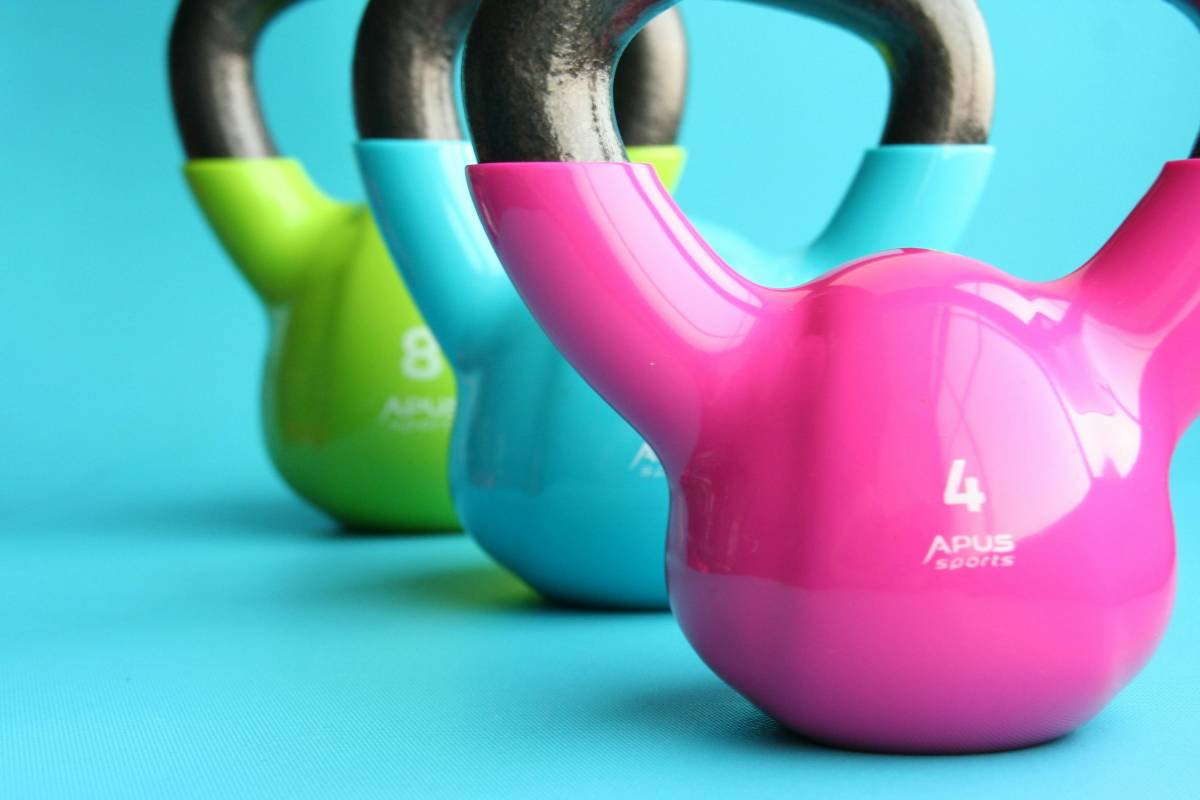Hydration Tips for Active Lifestyles

2 min read
|18 Oct 2025Staying hydrated is crucial for anyone leading an active lifestyle, whether you're a casual exerciser or a professional athlete. Proper hydration helps maintain energy levels, supports physical performance, and aids in recovery. In this article, we'll explore essential hydration tips to help you stay well-hydrated and optimize your performance during physical activities.
Pre-Hydrate Before Exercise
Before engaging in any physical activity, it's important to start hydrated. Drinking water or a hydrating beverage about 1-2 hours before exercise helps ensure that your body has adequate fluid levels. This pre-hydration can help prevent dehydration and enhance your performance during the workout.
Drink During Exercise
During exercise, it's vital to drink fluids regularly to replace those lost through sweat. Aim to take small sips of water or an electrolyte drink every 15-20 minutes, depending on the intensity and duration of your activity. For activities lasting more than an hour or in hot conditions, consider beverages with electrolytes to replenish lost sodium and potassium.
Post-Exercise Hydration
Rehydrating after exercise is equally important to aid recovery and restore fluid balance. Drinking water or a recovery beverage within 30 minutes of finishing your workout helps rehydrate and replace lost fluids. Adding a source of electrolytes and carbohydrates can also support muscle recovery and replenish energy stores.
Choose Hydrating Beverages
While water is essential, incorporating other hydrating beverages can enhance your hydration strategy. Consider options such as coconut water, herbal teas, and sports drinks with electrolytes. These beverages not only help with hydration but also provide additional nutrients and electrolytes that are beneficial for active individuals.
Monitor Fluid Loss
Pay attention to signs of fluid loss, such as increased thirst, dark urine, or feeling lightheaded. Monitoring your hydration status can help you adjust your fluid intake accordingly. For longer or more intense activities, use a sports drink with electrolytes to better manage fluid balance and maintain optimal performance.
Adjust for Climate and Altitude
Environmental factors, such as heat, humidity, and altitude, can affect your hydration needs. In hot and humid conditions, you may need to drink more frequently to compensate for increased sweat loss. At higher altitudes, the body loses more fluids through respiration, so it's important to increase your fluid intake to prevent dehydration.
Incorporate Hydrating Foods
In addition to drinking fluids, incorporating water-rich foods into your diet can contribute to overall hydration. Fruits like watermelon, oranges, and strawberries, and vegetables like cucumbers and celery, are excellent choices that provide hydration and essential nutrients. Including these foods in your meals and snacks can help you stay hydrated throughout the day.
Avoid Excessive Caffeine and Alcohol
Caffeine and alcohol can have diuretic effects, leading to increased fluid loss. While moderate consumption is fine, excessive intake of caffeinated or alcoholic beverages can hinder your hydration efforts. Balance these drinks with plenty of water and consider limiting their consumption, especially around exercise times.
Track Your Hydration
Keeping track of your fluid intake and hydration status can help ensure you're meeting your needs. Use a water-tracking app or set reminders to drink fluids regularly. Some apps can also provide personalized hydration recommendations based on your activity level and climate.
In Conclusion
Proper hydration is essential for anyone leading an active lifestyle. By pre-hydrating, drinking regularly during exercise, and rehydrating afterward, you can support your performance and recovery. Choosing hydrating beverages, monitoring fluid loss, adjusting for environmental conditions, and incorporating hydrating foods can further enhance your hydration strategy. Stay mindful of your fluid intake, and you'll be better equipped to maintain energy levels, optimize performance, and promote overall well-being.
MORE ARTICLES

4 min read | 13 Dec 2025
The Best Cardio Workouts to Improve Your Endurance
Cardiovascular exercise, or cardio, is essential for improving endurance, heart health, and overall fitness. Incorporating a variety of cardio workouts into your routine can help enhance your stamina and keep your workouts engaging. Here are some of the best cardio workouts to boost your endurance and get the most out of your exercise routine.

4 min read | 12 Dec 2025
How to Design a Home Workout Routine with Minimal Equipment
Designing an effective home workout routine with minimal equipment can be both practical and rewarding. With the right approach, you can achieve a balanced and efficient workout without the need for a fully equipped gym. This guide will help you create a home workout routine that maximizes your results using limited equipment.

4 min read | 11 Dec 2025
Effective Strength Training Exercises for Building Muscle
Strength training is a cornerstone of any muscle-building program. By targeting different muscle groups with effective exercises, you can enhance muscle growth, increase strength, and improve overall fitness. This guide highlights some of the most effective strength training exercises for building muscle and provides tips for maximizing your results.

3 min read | 10 Dec 2025
High-Intensity Interval Training (HIIT): Benefits and Sample Routines
High-Intensity Interval Training (HIIT) has become a popular and effective workout method due to its ability to deliver impressive results in a short amount of time. HIIT involves alternating between short bursts of intense exercise and periods of lower-intensity recovery. This approach not only maximizes calorie burn but also improves cardiovascular fitness and overall strength. Here’s a comprehensive guide to the benefits of HIIT and some sample routines to get you started.

5 min read | 09 Dec 2025
How to Create a Balanced Workout Routine for Overall Fitness
Creating a balanced workout routine is essential for achieving overall fitness and maintaining a healthy lifestyle. A well-rounded routine incorporates various types of exercise to ensure that all aspects of fitness are addressed, including cardiovascular health, strength, flexibility, and balance. Here’s a comprehensive guide to developing a balanced workout routine that supports overall fitness.

4 min read | 08 Dec 2025
The Ultimate Full-Body Workout Routine for Beginners
Starting a workout routine can be both exciting and overwhelming, especially if you’re new to fitness. A full-body workout routine is an excellent way for beginners to build strength, improve endurance, and establish a solid foundation for more advanced exercises. Here’s a comprehensive guide to a full-body workout routine designed specifically for beginners.
RECENT POSTS
1
The Health Risks of Excess Sodium Intake
2 min read | 14 Nov 20252
Recipes for Low-Sugar Desserts and Snacks
2 min read | 13 Nov 20253
Understanding Hidden Sugars in Processed Foods
3 min read | 12 Nov 20254
How Reducing Sugar Can Improve Your Energy Levels
5 min read | 11 Nov 20255
The Role of Natural Sweeteners in a Healthy Diet
3 min read | 10 Nov 20256
Tips for Reducing Sugar in Your Diet
5 min read | 09 Nov 2025MORE POSTS

Best Equipment for HIIT Workouts
3 min read | 25 Oct 2025
HIIT Workouts You Can Do at Home
5 min read | 24 Oct 2025
The Science Behind HIIT and Its Benefits
5 min read | 23 Oct 2025
How to Incorporate HIIT into Your Existing Workout Routine
2 min read | 22 Oct 2025
HIIT Workouts for Burning Fat Quickly
2 min read | 21 Oct 2025
